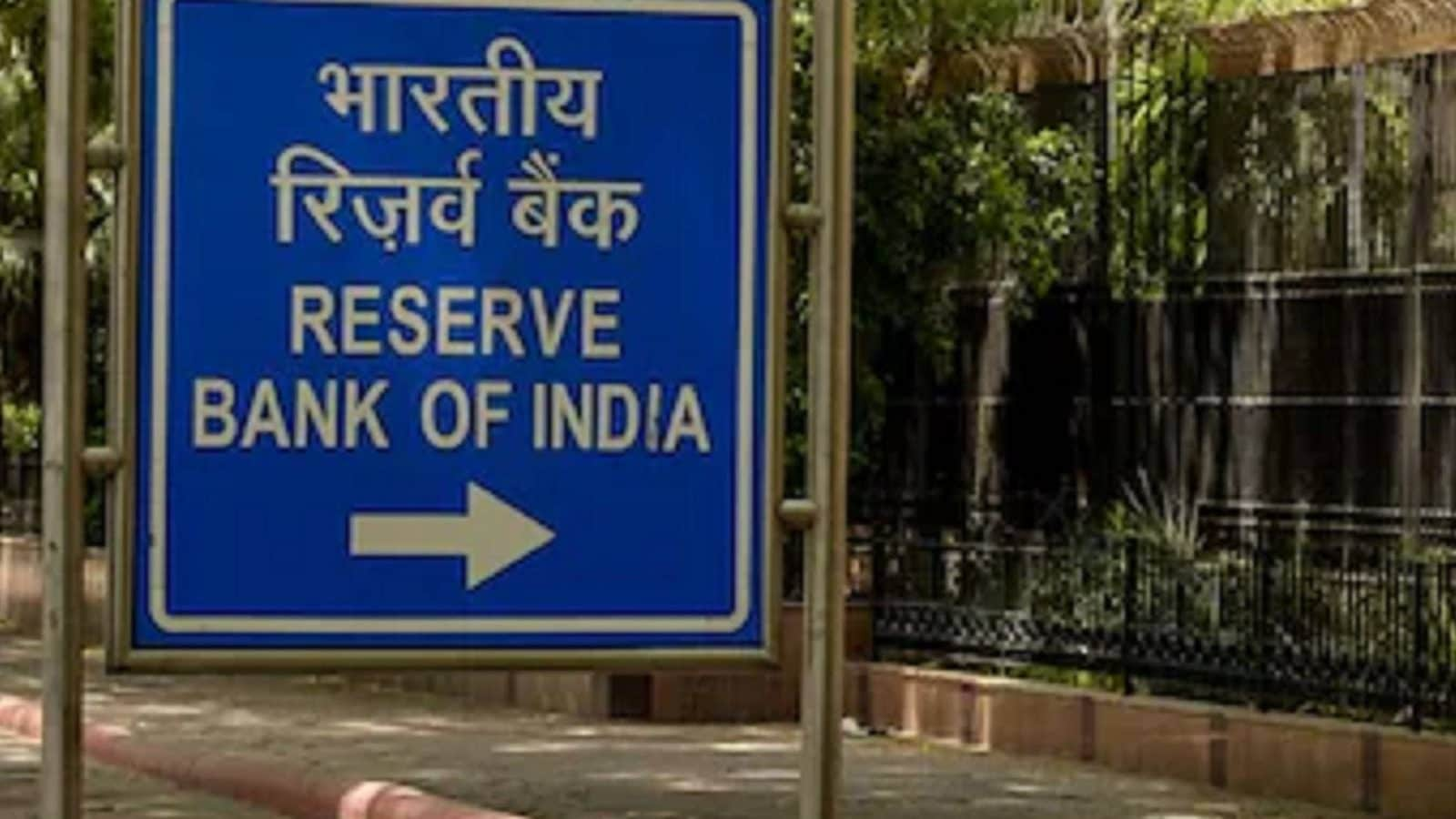RBI Closely Monitoring Inflation Trends, Effect of Its Past Actions: Central bank’s Bulletin
The Reserve Bank of India (RBI) is closely monitoring the inflation trends as well as the effect of its past actions, according to the central bank’s bulletin for November 2022. It added that the central bank is assessing soft indicators like surveys on consumers and businesses; global macroeconomic, financial and commodity market developments; and financial stability.
“Domestic Inflation remains elevated. We are closely monitoring the inflation trends as well as the effect of our past actions. In our view, price stability, sustained growth and financial stability need not be mutually exclusive,” RBI Governor Shaktikanta Das said in the central bank’s bulletin for November.
He also said, “No one can match the prowess of Arjuna, but our constant endeavour is to keep an Arjuna’s eye on inflation, which is our primary target. At the same time, we keep assessing other related factors like the evolving inflation-growth dynamics; soft indicators like our surveys on consumers and businesses; global macroeconomic, financial and commodity market developments; and financial stability. In other words, our policy measures are based on an assessment of the overall situation. We will continue to steer our policies accordingly.”
According to the RBI bulletin, consumer price inflation reigns high across economies due to sustained cost push pressures from elevated food and energy prices and lingering pandemic-induced supply chain bottlenecks, although there are signs of inflation easing in a few economies, especially amongst Emerging Market Economies (EMEs).
“Among the BRICS economies, inflation in Brazil eased to 6.5 per cent in October from 7.2 per cent in September, in Russia it eased to 12.6 per cent in October from 13.7 per cent in September, while in China inflation fell to 2.1 per cent in October 2022 vis-à-vis 2.8 per cent in September 2022,” it added.
India’s retail inflation in October eased to a three-month low of 6.77 per cent. Inflation in rural areas in October 2022 cooled to 6.98 per cent, while that in urban areas softened to 6.50 per cent.
However, it is the 10th month that the Consumer Price Index (CPI)-based inflation has remained above the Reserve Bank of India’s (RBI) upper tolerance limit of 6 per cent. In September, India’s retail inflation had accelerated to a five-month high of 7.41 per cent. Before that, the retail inflation had stood at 7.04 per cent in May, 7.01 per cent in June, 6.71 per cent in July, and 7 per cent in August.
On the commodity prices, the RBI said global commodity prices remained volatile in October and early November as slowing global growth dampened demand in spite of the war in Ukraine providing unrelenting upsides. Crude oil prices traded at an average of US$ 93 per barrel in October and $97 in the first half of November (up to November 14, 2022) on the back of slowing global demand and the strengthening US dollar.
In India, it said, “The cumulative procurement of rice during this kharif marketing season has already crested last year’s collection. Although wheat procurement has declined quite sharply, the good news is that rabi sowing is up year-on-year backed up by good northeast monsoon rainfall and reservoir water storage levels.”
The RBI’s Monetary Policy Committee last week (November 4) to discuss and draft a report for the government on why the central bank has failed to keep retail inflation below the target of 6 per cent for three consecutive quarters since January this year.
The RBI has raised the key repo rate by 190 basis points since May this year. In May, the central bank conducted its off-cycle monetary policy review to hike the repo rate by 40 bps to control inflation. The next RBI’s Monetary Policy Committee meeting is expected to meet on December 5-7, 2022.
Read all the Latest Business News here
For all the latest business News Click Here

